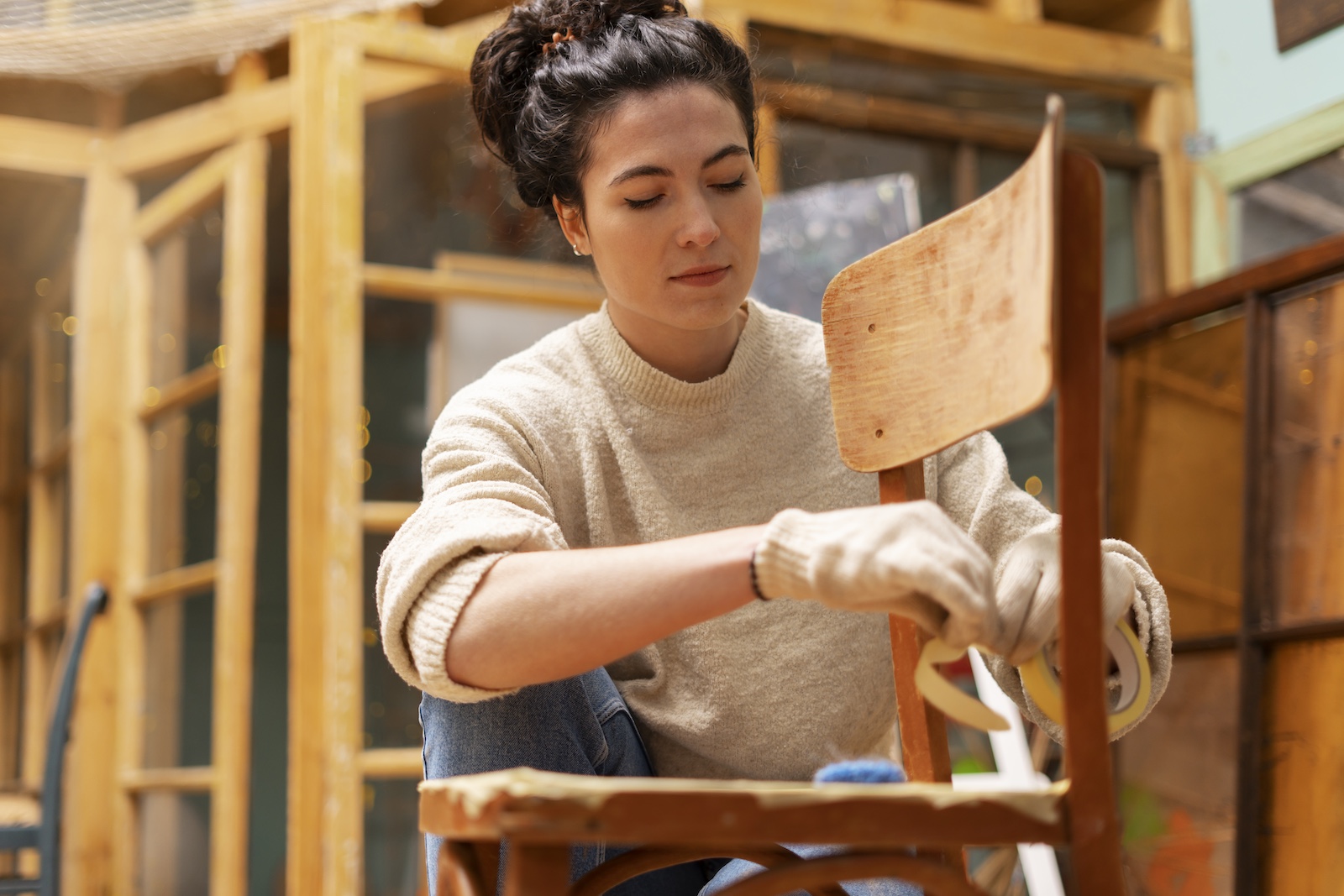
Exploring Sustainable Furniture: Key Trends Every Furniture Design Student Should Know Today

Introduction
As a furniture design student, understanding current trends in sustainable furniture is crucial for staying ahead in your field. Sustainable design not only contributes to environmental conservation but also meets a growing market demand. In this blog post, we will explore key trends in sustainable furniture that every student should be aware of today.
Why Sustainable Furniture Matters
Sustainable furniture emphasizes eco-friendly materials, efficient production processes, and minimal environmental impact. The importance of sustainable practices in design can't be overstated— they reduce waste, lower carbon footprints, and often result in longer-lasting products.
Key Trends in Sustainable Furniture Design
1. Eco-friendly materials
Using eco-friendly materials is a foundational aspect of sustainable furniture design. This includes:
- Reclaimed Wood: Utilizing wood from old buildings or furniture reduces the need for new timber, preserving forests and biodiversity.
- Bamboo: Fast-growing and highly renewable, bamboo is a robust and versatile material.
- Recycled Metals and Plastics: Using recycled materials reduces waste and energy consumption during production.
2. Non-toxic finishes
Conventional furniture finishes often contain volatile organic compounds (VOCs) that release harmful toxins. Sustainable design trends focus on:
- Water-based finishes: These emit fewer pollutants and are safer for indoor air quality.
- Natural oils and waxes: Finishes such as linseed oil and beeswax provide a non-toxic and beautiful alternative to synthetic options.
3. Modular and adaptable design
Creating furniture that can be easily adapted or added to is another sustainable approach. Modular designs not only reduce waste but also allow for personal customization, extending the product's lifecycle.
4. Emphasis on craftsmanship
With a renewed interest in quality and longevity, handmade and expertly crafted furniture pieces are becoming increasingly popular. Craftsmanship ensures durability and reduces the likelihood of replacement, which contributes to sustainability.

Practical Advice for Students
Research and resources
- Stay informed: Follow industry trends, read relevant publications, and stay engaged with the sustainable design community.
- Utilize free tools: Explore Distro’s AI Furniture Design Generator for innovative design ideas.
Partnering with the right manufacturer
Aligning with manufacturers who prioritize sustainability is key. At Distro, we specialize in custom wood product manufacturing and distribution. Our eco-friendly practices ensure your designs are brought to life without compromising on sustainability. Learn more about our capabilities on our /capabilities page.
Seek feedback and iterate
Engage with your peers and professionals for feedback on your sustainable designs. Iteration and improvement are part of the design process, and input from others can provide new perspectives and enhancements.
Conclusion
Understanding and integrating sustainable furniture trends into your design practice is essential for every furniture design student. By focusing on eco-friendly materials, non-toxic finishes, adaptable designs, and quality craftsmanship, you can contribute to a more sustainable future in furniture design.
For more information or inquiries, feel free to contact us or get a quote for your next project. Embrace the principles of sustainable design and make a positive impact on our world.
Feel free to reach out and explore our resources, and let's create a sustainable future together.
Related Post: Boost Your Taproom Sales with On Demand Merchandise for Craft Beverages


Ready to get started?
Request a quote so we can start making your products on demand.
Request a quote
Have questions? Contact us →


